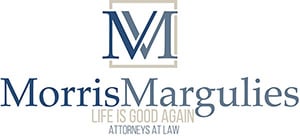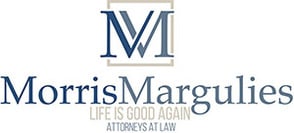Chapter 7 bankruptcy may be available to Maryland debtors and is generally used to reduce or eliminate unsecured debts. Unsecured debts include credit card balances, medical bills and other obligations that aren’t secured by collateral. In a liquidation bankruptcy, assets such as a car, home or other valuable items may be seized in an effort to repay creditors.
Assets may be exempt
State law may allow you to keep some of the equity in a home, car or other asset. If you have negative equity in a piece of property, the trustee in your case will likely decline to seize it. Items that are used to run a business or that you need to get to work or school may also remain in your possession after filing for bankruptcy. In the event that you don’t have sufficient assets to repay your debts, creditors may be required to take a loss.
The Chapter 7 process
A liquidation bankruptcy generally takes about four to six months to complete. The first step is to file a bankruptcy petition and pass the means test if necessary. After completing those steps, you will likely need to attend a meeting of creditors during which they can voice any concerns that they have about your case. If you have any nonexempt assets, they will be seized and liquidated by the trustee overseeing the matter. Finally, the case will be discharged by the judge and eligible remaining balances will be officially forgiven.
Filing for bankruptcy may be an effective way to reduce or eliminate debts in a timely manner. Taking such a step may also enable you to an automatic stay of creditor activities. This means that you won’t be subject to a lawsuit, repossession or foreclosure until the stay is lifted.

